The summer months are now long behind us as swimmers and dippers adjust to the mighty bite of Windermere’s dropping temperatures. Fortunately, the colder waters have not completely curbed curiosity and participation in the swim-along interviews. A slight concern of mine before committing to the 12-month fieldwork at the Rayrigg Meadow and Millerground public bathing sites.
The setup of this project has demanded considerable time and thought. A phase that now feels worth the lack of sleep during the first year of the PhD. I am pleased to share that the research has jumped off with a strong start, generating a ‘healthy’ interest and insight with new and familiar faces at the lake. Although largely buoyant, talks of the swim-alongs continue to receive a mixed response. Sometimes with raised eyebrows and puffed cheeks, often at the prospect of colder swims ahead. So, I thought I would share more detail about what is involved in its participation, the equipment used, and how these experiences and conversations can contribute towards the research.
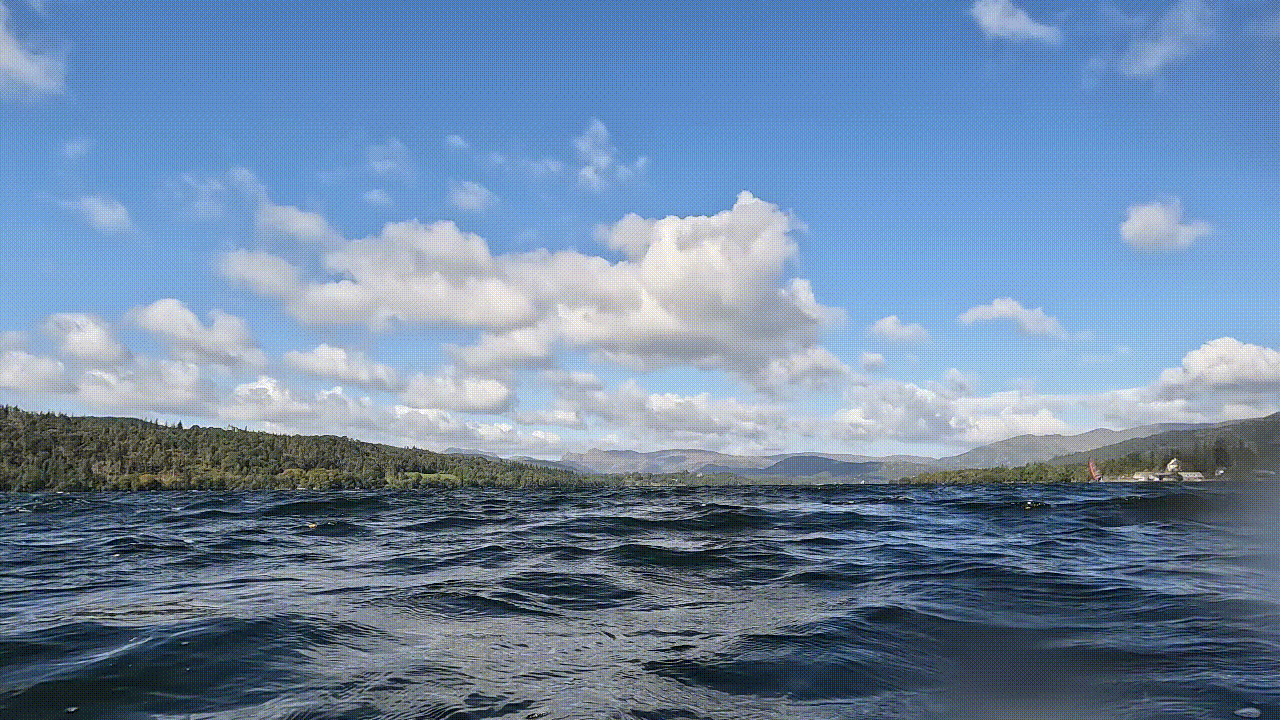
It is also important to note that I am not the first researcher to experiment with the ‘swim-along’ interview. Academics, Hannah Denton and Kay Aranda [1] were the first to coin the practice, following a series of influential go-along and mobile methods within health-based research [2]. The swim-alongs are gaining attraction. Several swim (and surf) researchers have welcomed its opening to closer attuned visceral and sensory accounts while immersed together within open waters [3]. However, much of its experimentation has been placed within the sea, lacking the distinct character and relations of swimming in freshwater spaces, including Windermere.
Of course, the colder temperatures can be tricky to facilitate and engage in an interview. Trying to get your socks back on during a strong gust can be challenging too. There can be moments of silence, nervousness, and sometimes, all you can focus on is the rhythm of your breath and staying afloat. But there is still an embodied and situated response, offering context with what is involved in preparing and immersing ourselves in the lake in different weathers, temperatures, and social dynamics, in and out of the water. Also, the unspoken, often subtle gestures, feelings, and atmospheres that glimmer. Especially valuable when the words do not come out or serve justice to the sensations experienced. These reservations also tend to settle after the swim, with the comfort of warm clothing and a hot brew at hand.
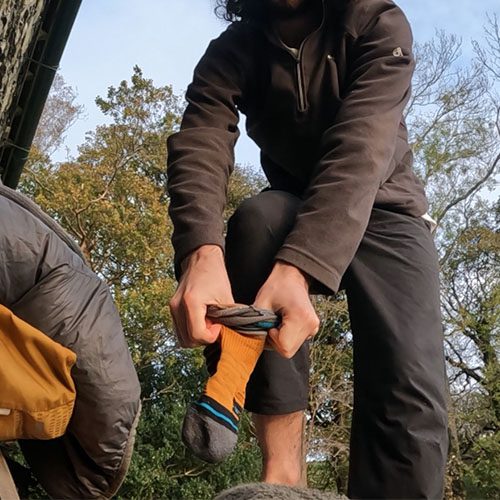
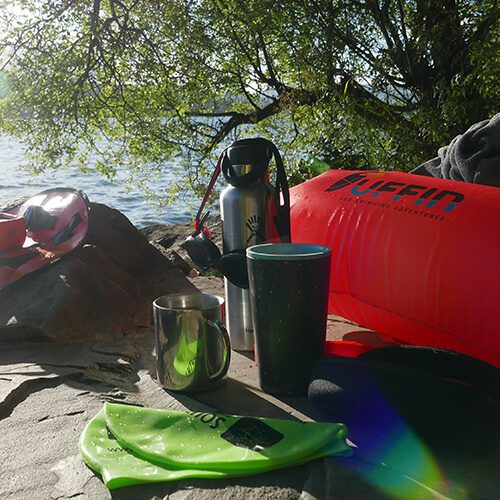
The interviews include questions before, during, and after immersion in the water. They are open-ended. So, I may follow up with more questions. Participants can read the questions beforehand, though many choose not to. Managing risk is also paramount. Extra precautions are in place, but participants are responsible for their personal swim safety. I continually offer a reminder to listen to our bodies and capacities whilst floating with the lake. We are not there to ‘push’ ourselves for the interview. If either of us feels uncomfortable or too cold, it is time to head on out. The same applies if you fancy a longer distance swim. We will discuss what works best for us both.
Therefore, the swim-alongs require a gentle acclimatisation. A process dependent on continuous negotiation as we navigate the weather, water conditions, other users (including non-humans), and the demands of numb toes and the rest of our shivering bodies.
Participant Information Sheet
I also express the need for participants to wear whatever they feel most comfortable wearing. Now that the colder waters have kicked in, I wear a full-length wetsuit, swim socks, gloves, jammers, a swim cap, and goggles, soon swapped with a towel robe, coat, beanie, woolly gloves, flask, snack, and cup, ready for peppermint tea. Kit demands that will no doubt reduce when the summer temperatures return.
The only kit requirement asked of participants is an inflatable tow float (I carry a spare, just in case). Lastly, I ask participants to complete a brief survey alongside the consent form after reading the Participant Information Sheet. The survey helps identify any additional needs and whether their open-water swimming (or dipping) experience is appropriate for the time of year of the interview.
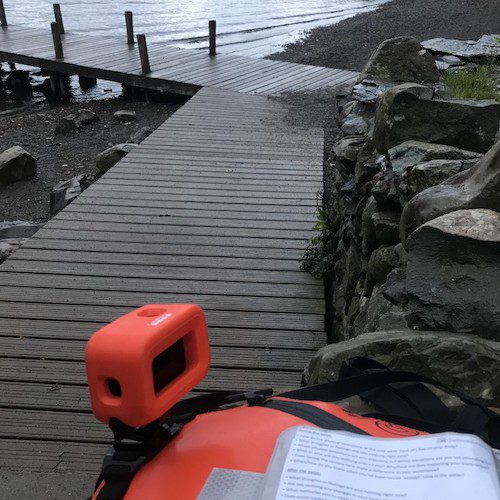
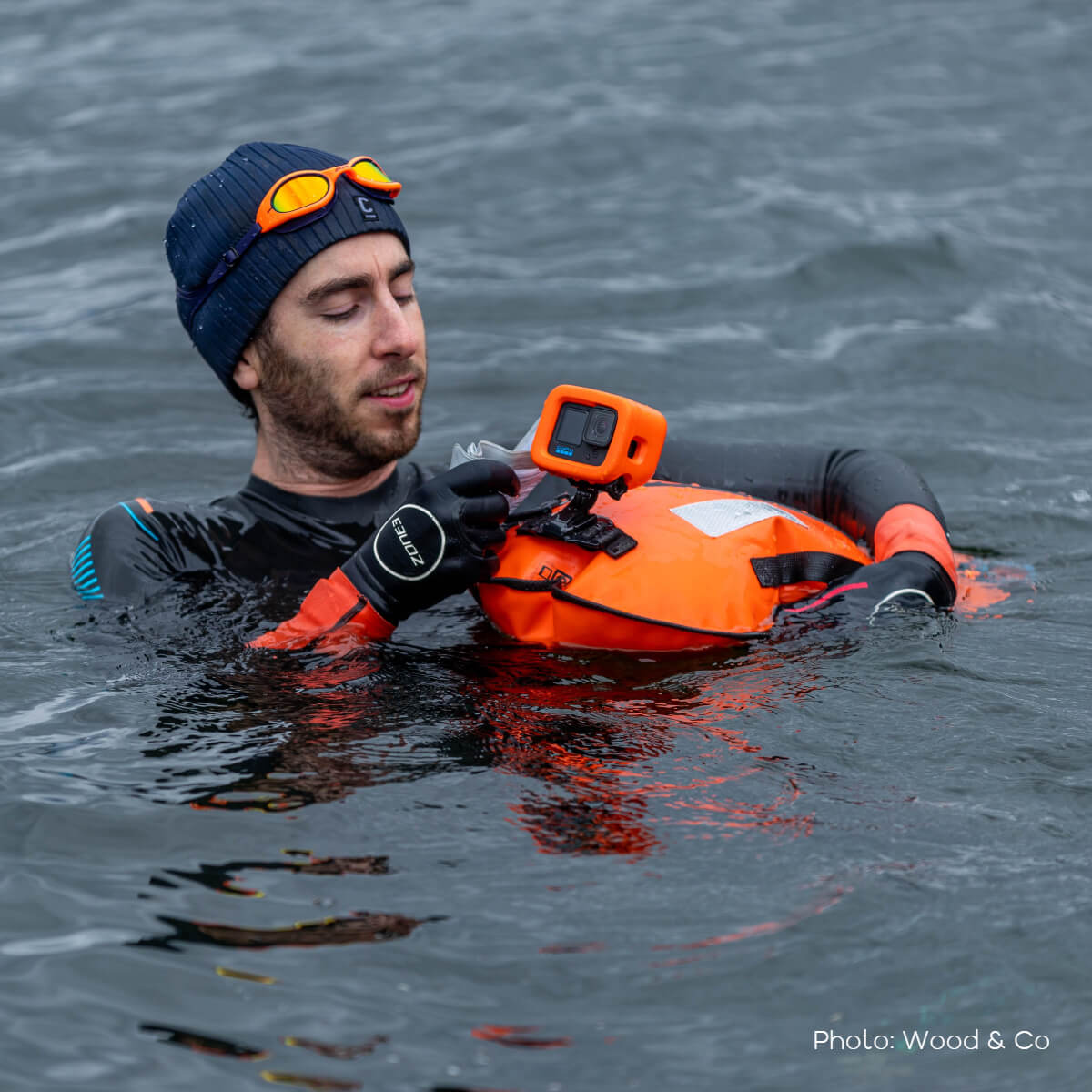
There is also the GoPro. A handy waterproof camera mounted on the tow float to help record our accounts and encounters alongside the environmental context and conditions. There is the option of using the head mount too. The recordings can be paused or stopped at any point. Plus, I carry a lens cap in case participants prefer certain moments to be audio-only. The research can also include an audio-recorded conversation on the shore, if required. These recordings will aid the analysis, and I will not publish any personally identifiable footage. Quotations from your response, however, may be used in the final findings of my PhD thesis and future academic publications.
While the interviews explore personal motivations and bodily responses, these conversations also question the growing tensions concerning open-water swimming in Windermere. Questions including water quality, biosecurity, responsibility, visibility, kit, access, and even feelings of unwelcomeness during certain times and spaces. Complications this project aims to question and address.
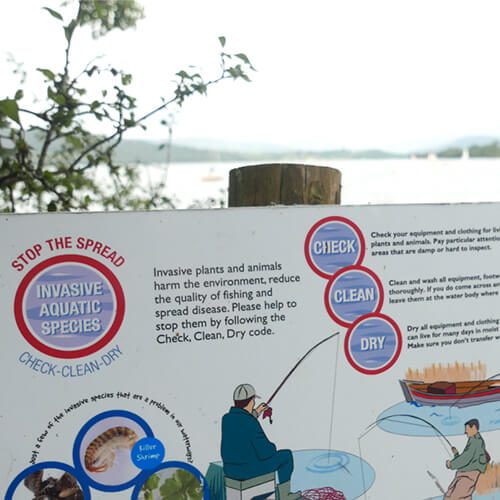
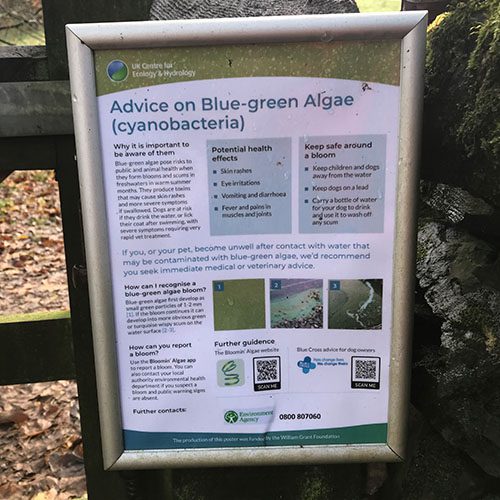
Plans are bubbling up to create a resource guide next year with other swimmers and users on how to take care in, on, and around these shared watery environments (so, watch this space). The findings also intend to make academic contributions within health geographies, psychogeographies, and growing transdisciplinary swim research through publications, conference papers, and teaching material.
Another busy month awaits ahead as I continue to wear my research cap and goggles at Windermere, but there’s still plenty more voices to be heard. So, if you fancy contributing to the project, please get in touch through the website, via social media, or find me down at the lake. In the meantime, winter is on our doorstep. So, please do take care and remember to look out for others.
References
[1] Denton, H. and Aranda, K. (2019). The wellbeing benefits of sea swimming: Is it time to revisit the Sea Cure? Qualitative Research in Sport, Exercise and Health, 12(5): 647–663.
[2] Denton, H., Dannreuther, C. and Aranda, K. (2021). Researching at sea: Exploring the ‘swim-along’ interview method. Health & Place, 67: 102466.
[3] Foley, R. (2022). Swimming: Immersive encounters in the ocean. In: Peters, K., Anderson, J., Davies, A. and Steinberg, P. eds. The Routledge Handbook of Ocean Space. London: Routledge: 298-310.
Author: Taylor Butler-Eldridge | Published: 31 October 2022
Blog
Keep up to date with the blog posts and updates from the research project.
